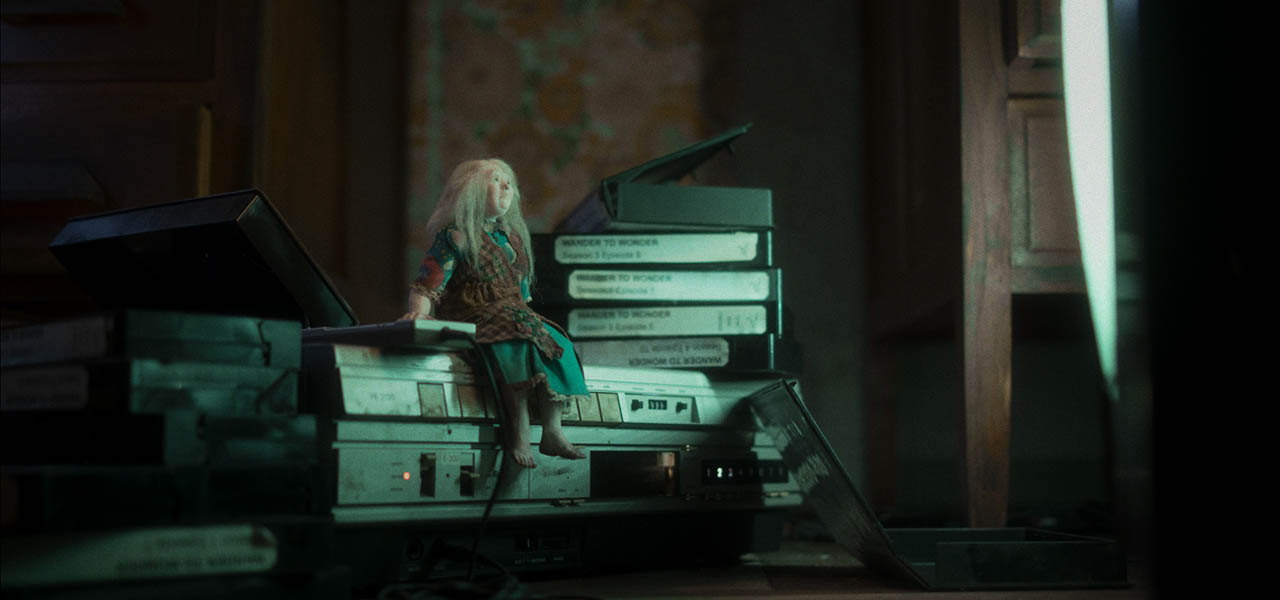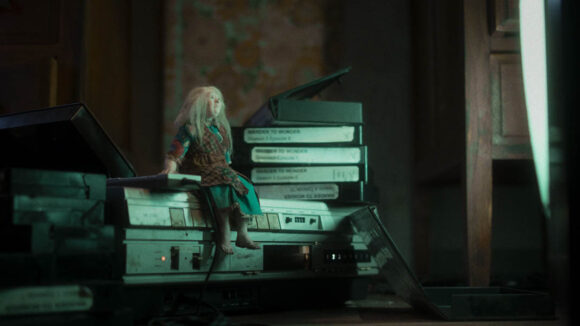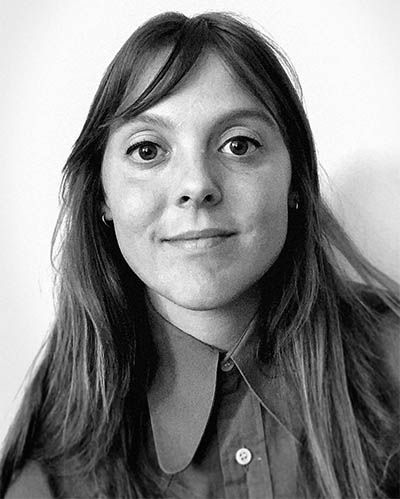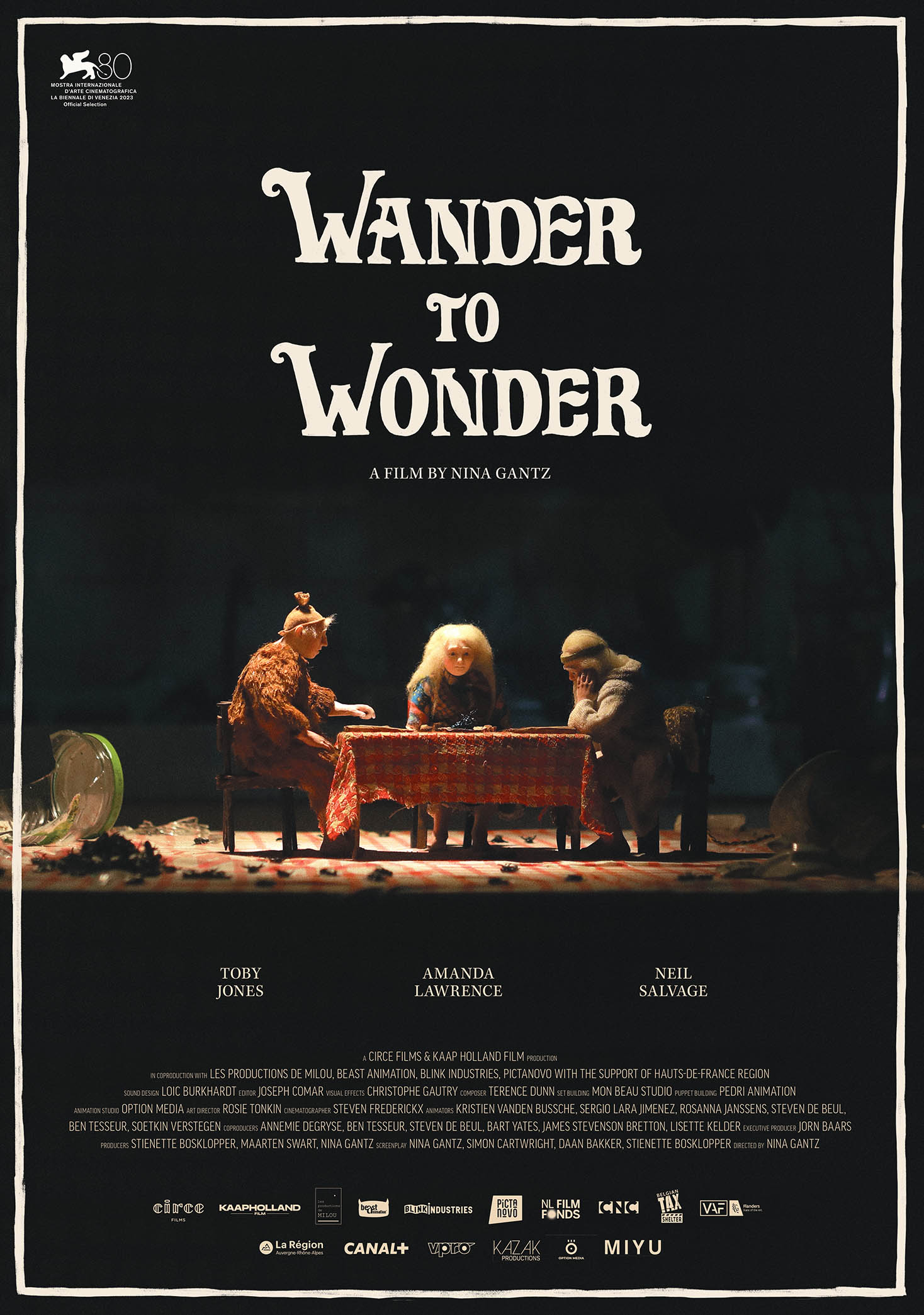

2025 Oscar Contenders: ‘Wander To Wonder’ Director Nina Gantz
Welcome to Cartoon Brew’s series of spotlights focusing on the animated shorts that have qualified for the 2025 Oscars.
We’re launching the series today with Wander to Wonder from Dutch filmmaker Nina Gantz. The short qualified multiple times over for the animated short category of the Academy Awards, including winning best animated short at SXSW and the grand prix for international short film at Anima Brussels. Our contenders series will continue over the next month-and-a-half, until voting begins in mid-December to determine the shortlist for the animated short Oscar.
There are several ways a film can earn eligibility: through theatrical exhibition, by winning a specific award at an Oscar-qualifying festival, or by receiving a Gold, Silver or Bronze award in the animation or alternative/experimental categories of the 2024 Student Academy Awards.
Wander to Wonder follows the lives of three tiny humans who perform in a vintage tv series. Their lives are turned upside-down after their creator dies and they are left alone in the decaying film studio, continuing to record episodes for their fans as they slowly starve to death.
Cartoon Brew: Wander to Wonder is an ambitious film in terms of production technique. What kind of challenges did you encounter in its making?

Nina Gantz: When I began making Wander to Wonder, the big difference from making my graduation film Edmond was that I had had the opportunity to work on a number of large-scale productions. And so I gained the confidence to tackle a big co-production and to communicate my vision for the film to a scattered team in four different countries who I had never previously worked with.
But there were of course many challenges. Because we were using life-sized props for the studio, the puppets needed to be of a certain size to make it work, which meant they were much smaller than typical stop-motion puppets. This presented a lot of challenges, especially in the fabrication process. To achieve the variety of expressions for the puppets, it meant that we had to 3d print the faces, which was something I had never done before.
We had a lot of problems with the print – teeth were missing, eyelids disappeared into the printer, and at some point they looked like zombies! These issues were fixed so close to the deadline that we never had the chance to test it out, but luckily it worked very well!
Another hiccup was that just a week before the shoot was set to start, the animation studio went bankrupt and sold off all their equipment.
What was it about this story or concept that connected with you and compelled you to direct the film?
The story has gone through many changes in the eight years that it took to make, but the overriding thing that kept me excited about directing it was the universe we created. I enjoyed figuring out how these miniature people would survive without their father figure to take care of them. I was curious about how they sourced food, where they slept, and how they managed to shower. Additionally, I was fascinated by their mental state. How do you deal with life after such a seismic event? Especially when all they’ve ever known was the world their creator made for them.
As I was working on the final version of the script, I experienced the loss of a family member and I learned how each person deals differently with grief. This experience made a significant impact on the script and it gave me the opportunity to approach this heavy subject using humor and absurdity.
What did you learn through the experience of making this film, either production-wise, filmmaking-wise, creatively, or about the subject matter?
Artistically, I felt I wanted to create a story with greater depth and complexity, which led me to write dialogue for the first time – something I hadn’t explored before. The collaboration with actors was an experience that took the film to a new level, and I’m definitely aiming to continue this way of working in my future films. The theme tune for the kids’ show was also key, as it had to embody one of those shows from the seventies and eighties. Fortunately, my composer Terence Dunn lived through some of it so he nailed that pretty accurately. He also has a relationship with the Brighton Festival chorus so we called on their youth choir because we wanted to create the sense that the kids who watched and wrote into the show were somehow present.
Can you describe how you developed your visual approach to the film? Why did you settle on this style/technique?
Eight years ago I discovered the work of Ray Harryhausen and was inspired by his use of stop motion and live action. I think it stands the test of time and although perhaps it doesn’t look entirely realistic, it has a certain nostalgia and suited the idea for the film very well.
When it came to the visual style, I aimed to create a tv show that felt entirely authentic, so I researched a lot of old shows that had a human presenter interacting with puppets, such as The Sooty Show and Mister Rogers’ Neighborhood. It was the research that really informed the visual style of the show. And behind the scenes, I wanted to see the grim reality of their day-to-day lives.


